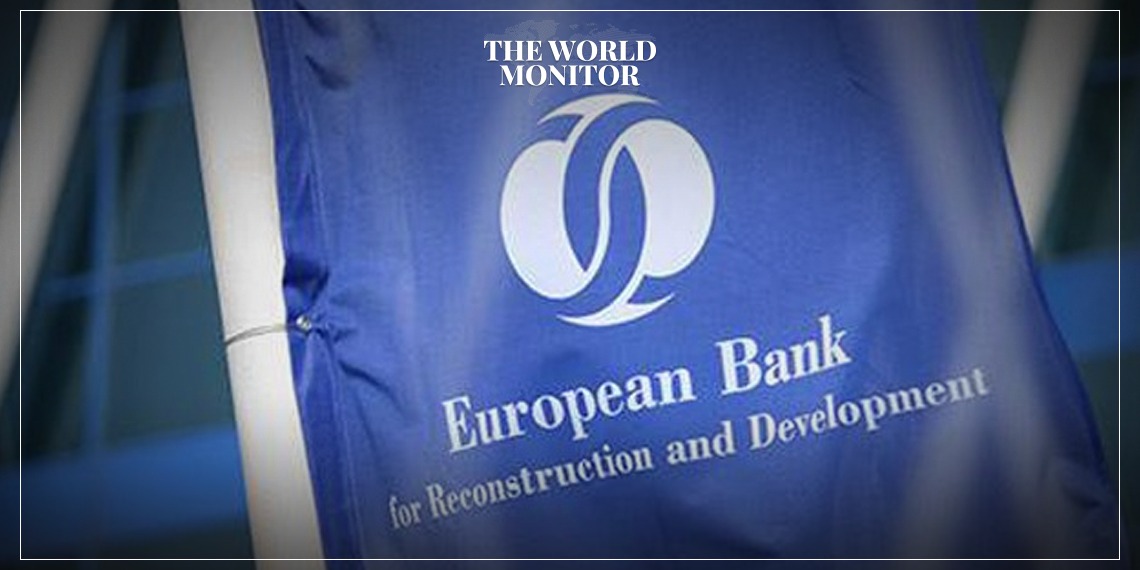Maya Henricks, Green Finance System Manager at the European Bank for Reconstruction and Development (EBRD), says that Egypt is a vital and attractive market for the bank, asserting that the country is on the right track in terms of achieving green transformation and sustainable, clean energy.
Henricks praised the accomplishments of the “Nofy” platform, a national program designed to secure affordable financing to address climate change mitigation and adaptation. “The European Bank for Reconstruction and Development supports the energy axis of the ‘Nofy’ platform, the interconnection of water, food, and energy, with Egyptian partners and donor countries. We strongly focus on transforming in this direction,” she stated.
She also highlighted Egypt’s achievement in retiring several old power stations with a total capacity of 5 gigawatts due to their excessive consumption of fossil fuels, replacing them with renewable energy sources. This change marks Egypt as a promising country capable of undergoing such a transformation.
Heike Harmgart, the EBRD’s Managing Director for the Southern and Eastern Mediterranean region, previously clarified that the bank is Egypt’s primary partner concerning the energy axis of the “Nofy” platform. Over the next five years, the EBRD plans to provide €1.3 billion to finance projects related to the transition to green and renewable energy in partnership with Egypt.
Speaking on the role of multilateral banks, including the EBRD, in assisting Africa – the continent most affected by climate change despite its minimal contribution to greenhouse gas emissions – Harmgart said, “We want to support the green transformation and renewable energy. Therefore, we always look forward to financing green and renewable energy projects, such as solar and wind power plants. Anything that helps African countries generate clean energy and transition to green energy without relying on imports. We are working towards sustainability and support success stories in this context.”
She noted that for Africa, the goal is not necessarily to reduce emissions, as is the case for larger, more industrialized countries that contribute most to greenhouse gas emissions. Rather, it is about enabling sustainable growth for African countries.
Discussing the bank’s strategy to support green transformation in its operational countries until 2025, Henricks stated, “We are following an annual plan based on shareholder decisions, but the bank has announced that it will allocate 50% of its financing to all operational countries for green and sustainable transformation annually.”
Regarding the realistic goal of reaching zero carbon emissions by 2050, a goal approved by the Paris Climate Conference in 2015, she said, “I believe we need to work to make this goal a reality. We must of course pay attention to decarbonizing emission-intensive industries, target reducing the use of fossil fuel sources, and adopt all technologies that could be part of the solution to completely remove carbon from the atmosphere. For instance, carbon capture and storage (CCS) technology, which is implemented by planting trees and changing farming methods that trap carbon in the soil, thus reducing carbon dioxide in the atmosphere.”






